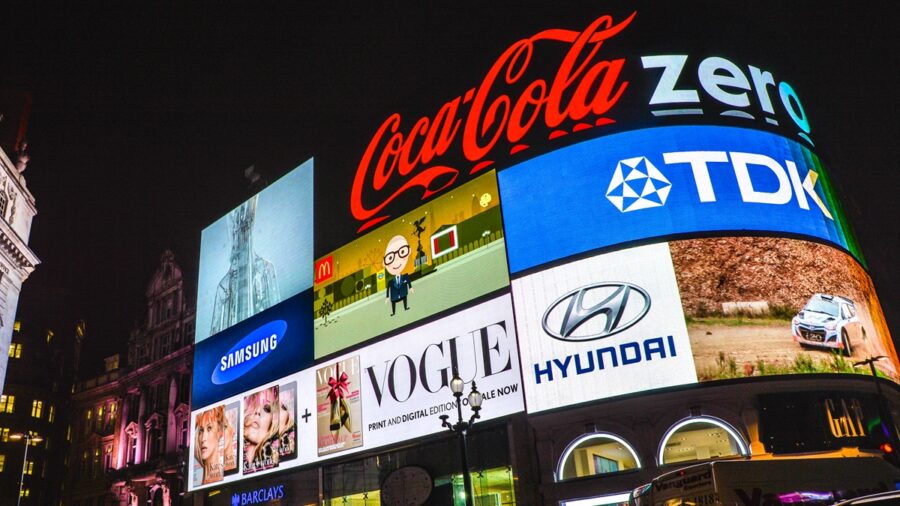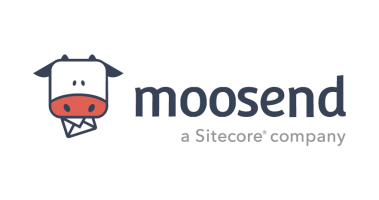
Once, being an underdog meant competing against the odds: smaller teams, smaller budgets, bigger rivals. But today, the underdog faces a paradox. It has never been easier to launch a brand and never harder to build one that matters.
Disruption has gone corporate. Digital tools, AI design and algorithmic insights have made branding faster, cheaper and more formulaic. The result is a marketplace of sameness. Every company claims to be disruptive, purpose-driven and authentic. Even the largest corporations want to look like rebels.
When everyone wants to be a challenger, the real strength lies with the outsiders: those who don’t fit neatly into the existing order and whose detachment allows them to move differently. Their task is greater than ever and brand is their most powerful tool – a disciplined way to turn conviction into competitive advantage.
Rewriting the rules of engagement
Underdogs play within the rules. Outsiders rewrite them through the brand story they tell. Liquid Death turned bottled water into a cultural provocation. Oatly reimagined rebellion as tone of voice. Misfits Market rebuilt the grocery supply chain itself, transforming waste into both ethical stance and business advantage.
None of these brands won by shouting louder; they won through clarity and conviction, making their belief systems operational.
That distinction between posturing and performance is crucial. The age of “purpose-driven” branding has bred fatigue. Audiences can sense when moral ambition is merely messaging.
The strongest brands no longer stand for something bigger; they stand for something fiercely true. Conviction turns belief into behaviour. It shapes how a company designs, communicates, hires and evolves.
This is where outsiders excel. Unbound by legacy systems or committees, they can translate their core principles directly into action. Their agility isn’t just creative; it’s ethical and strategic.
Look at Touchland. By reimagining hand sanitiser as a stylish beauty accessory, it took a risk on repositioning a purely functional product. This bold, counterintuitive move allowed it to break into new retail channels like Sephora, transforming the category and creating immense value. While a giant in the space like Kimberly-Clark is tethered to massive factory lines, a brand like Touchland can move with speed.
Building systems that flex
Conviction alone isn’t enough though, it must be supported by structure. The modern brand needs systems that flex and evolve.
We think of this as building frameworks that make risk-taking safe. The goal is coherence, not control: design languages and messaging architectures that allow a company to evolve without losing itself. Consistency without adaptability is stagnation. Flexibility, however, when anchored in belief, turns small budgets into big presence.
This adaptability gives outsider brands their distinctive energy: the ability to test, learn and evolve in public without eroding credibility.
From perfection to progress
That willingness to evolve leads naturally to the next shift: away from perfection and towards progress. Consumers are no longer seduced by polish; they respond to proximity – to seeing how things are made, improved and questioned.
Transparency has become a form of storytelling. Vulnerability, once avoided, is now a trust-builder. Oatly’s self-aware candour, Misfits’ honesty about logistics, Touchland’s reinvention of a functional category, all invite people into the process, not just the product.
For emerging brands, the lessons are: don’t over-design, over-narrate or outsource your story. Stay close to the truth. Imperfection is often the most persuasive form of credibility.
Participation over persuasion
As brands become more transparent, the nature of loyalty changes too. The smartest upstarts don’t market to communities, they build with them.
This participatory mindset marks a fundamental evolution towards brand as system, not slogan. When audiences can shape the story, they move from passive consumers to active citizens. The result is resilience through belonging.
It’s also where outsiders have a natural advantage. Without inherited audiences or rigid hierarchies, they can experiment with co-creation in real time, turning brand into an open framework for collective meaning.
Designing for risk in the age of sameness
Too many brands are built from the same datasets and design prompts, resulting in brands that look seamless, sanitised and eerily similar.
In this environment, humanity becomes the ultimate differentiator. The best brands aren’t frictionless; they have fingerprints, contradictions and idiosyncrasies. Designing for risk means creating enough flexibility to experiment without losing coherence and anchoring creativity in conviction rather than compliance.
Brand as agency
When a multinational snack brand, such as Lay’s, has to remind the public that its crisps come from potatoes, “authenticity” has officially lost its power. Years of abstraction and emotional storytelling have distanced many companies from the products that built them.
For new entrants, the opportunity isn’t to replicate nostalgia but to remain specific and present from the outset. Authenticity is the baseline, not a differentiator. What sets brands apart now is the ability to translate truth into behaviour. Small brands have compelling permission to act faster, take risks and build loyalty through action, not messaging.
That is why brand remains the underdog’s most powerful tool. The potential rewards have never been greater. With conviction, clarity and humanity, brand is how businesses turn their outsider perspective into a defining advantage.
Jessie McGuire is managing partner at Thought Matter, a design agency

Once, being an underdog meant competing against the odds: smaller teams, smaller budgets, bigger rivals. But today, the underdog faces a paradox. It has never been easier to launch a brand and never harder to build one that matters.
Disruption has gone corporate. Digital tools, AI design and algorithmic insights have made branding faster, cheaper and more formulaic. The result is a marketplace of sameness. Every company claims to be disruptive, purpose-driven and authentic. Even the largest corporations want to look like rebels.
When everyone wants to be a challenger, the real strength lies with the outsiders: those who don’t fit neatly into the existing order and whose detachment allows them to move differently. Their task is greater than ever and brand is their most powerful tool – a disciplined way to turn conviction into competitive advantage.




